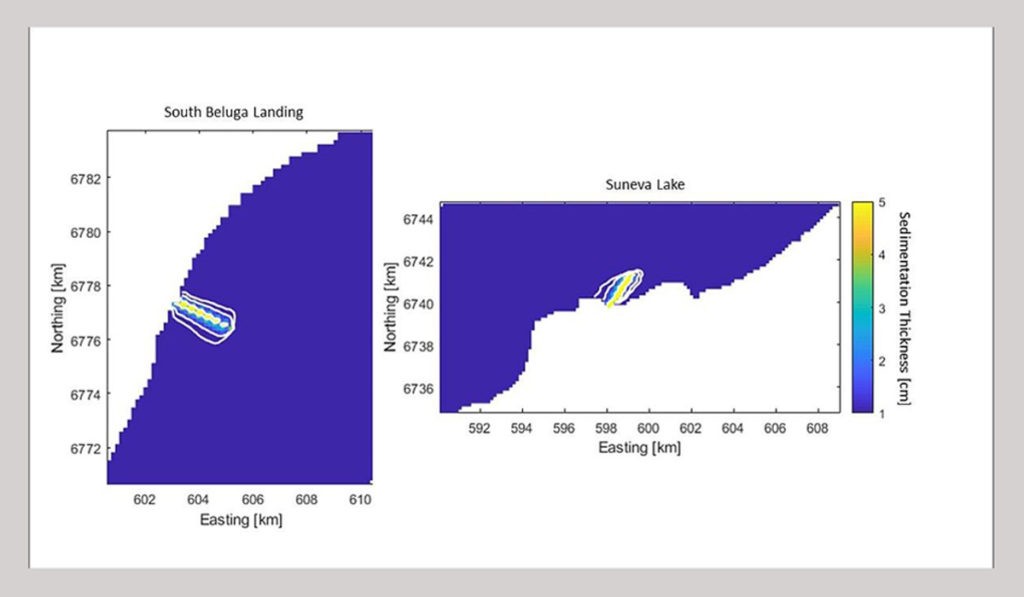Alaska LNG Sediment Modeling
By Marcia Greenblatt, Ph.D., P.E., Managing Principal, Business Director, Investigation and Remediation

OUR CHALLENGE
Alaska LNG has proposed constructing a pipeline from the North Slope to Cook Inlet that would deliver natural gas for commercialization and in-state distribution. In accordance with the requirements of the National Environmental Policy Act, a Draft Environmental Impact Statement (DEIS) was prepared and submitted to the Federal Energy Regulatory Commission. As a member of the DEIS team, our role was to evaluate turbidity impacts resulting from the proposed pipeline construction.
OUR APPROACH
We set up multiple hydrodynamic and sediment transport models to predict erosion and deposition at locations of planned pipeline crossings and associated pipeline facilities in marine waters and at inland stream crossings. We used data and information gathered as part of the DEIS process and represented the proposed construction methods to simulate resulting water column turbidity and sedimentation.
OUR IMPACT
Our focused and streamlined our modeling approach allowed us to adapt to real-time changes in construction plans, present comprehensive and compelling analyses, and meet the aggressive schedule set for submittal of the DEIS.

